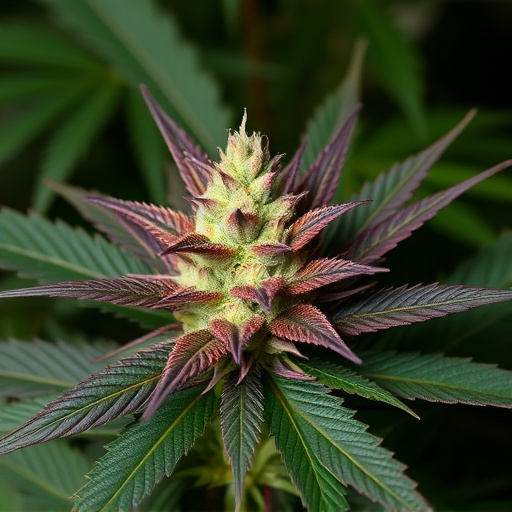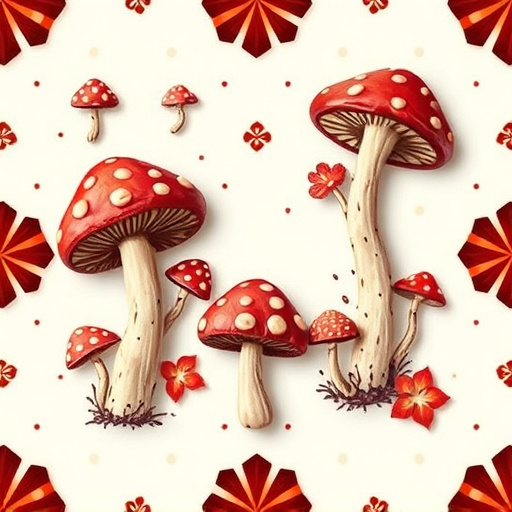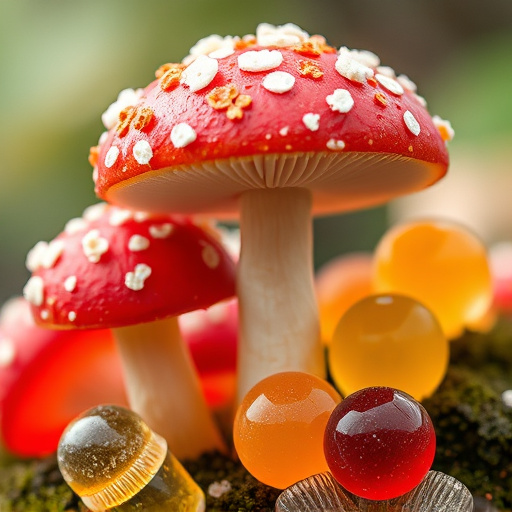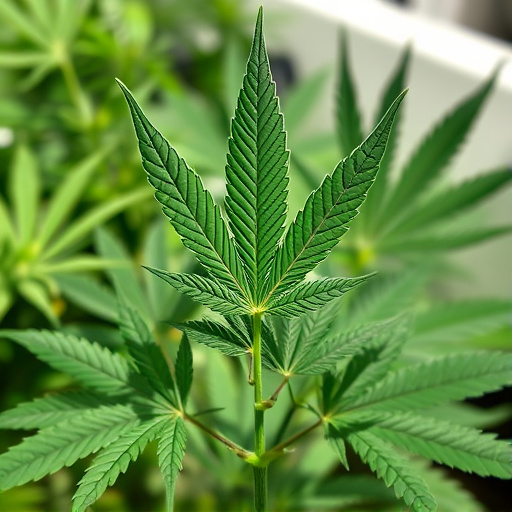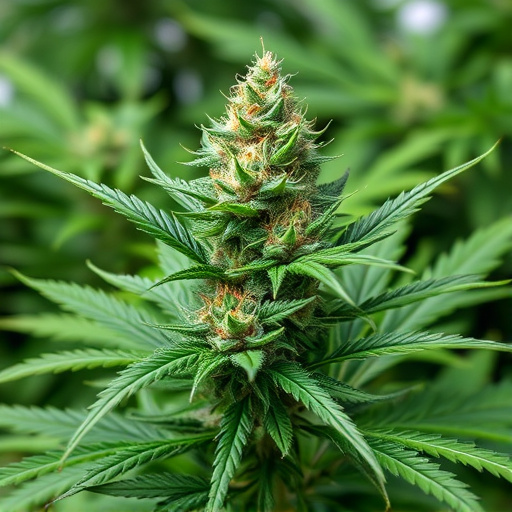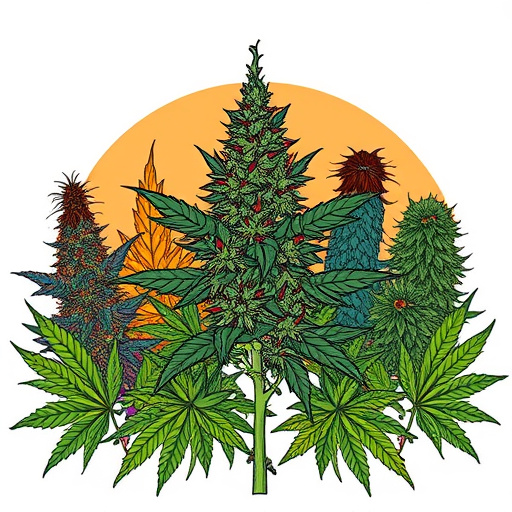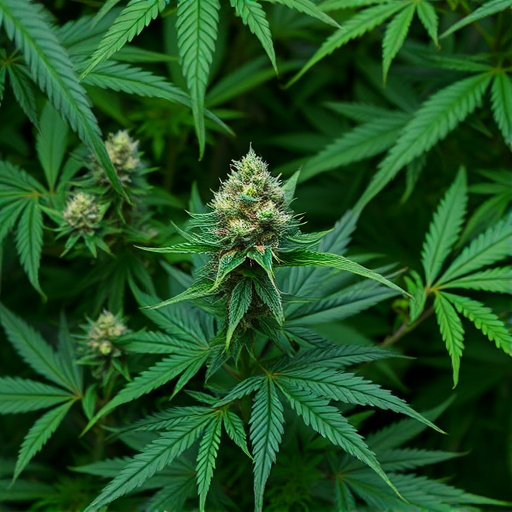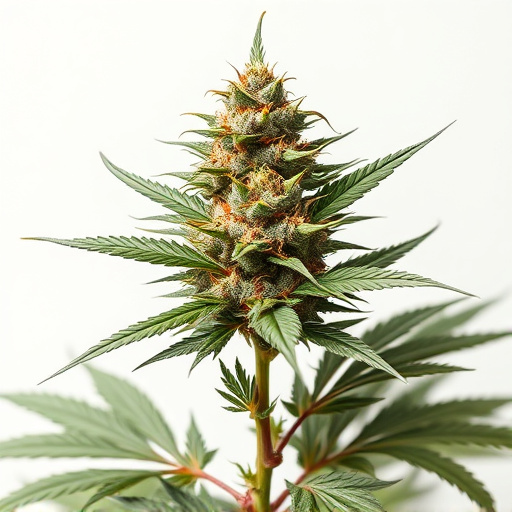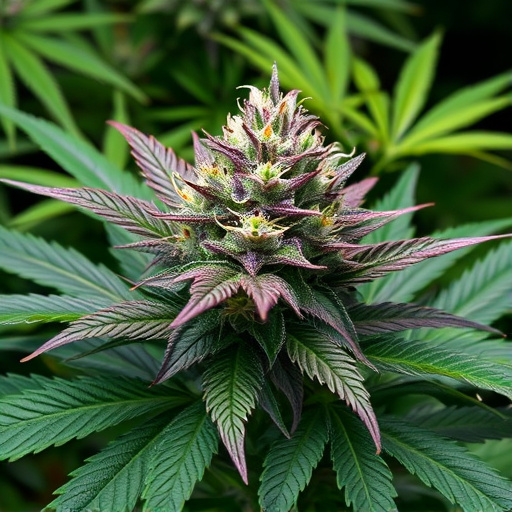The Cannabis sativa plant contains over 100 cannabinoids, notably THC and CBD, which interact with the body's endocannabinoid system to regulate mood, memory, appetite, and pain. Original strains of cannabis have diverse chemical profiles, with high CBD strains effective for anxiety and inflammation, while higher THC levels offer psychological benefits for depression or PTSD. Research into these original strains shows promise in treating anxiety, depression, and PTSD, but more long-term studies are needed to fully understand their safety and efficacy.
Can cannabis flower be a game-changer in mental health support? With growing interest in holistic well-being, understanding the potential benefits of this ancient plant is crucial. This article delves into the world of cannabis, focusing on its original strains and their chemical composition. We explore promising signs suggesting certain strains may offer relief for conditions like anxiety and depression, backed by scientific research. Discover how these natural compounds could revolutionize mental health treatments in a safe, effective manner.
- Understanding Cannabis Flower and Its Chemical Composition
- Exploring the Potential Mental Health Benefits of Original Strains
- Scientific Research and Future Implications
Understanding Cannabis Flower and Its Chemical Composition

Cannabis flower, derived from the plant Cannabis sativa, is more than just a controversial topic; it’s a complex natural substance with a rich history and diverse chemical makeup. At its core, cannabis contains over 100 unique compounds known as cannabinoids, of which THC (tetrahydrocannabinol) and CBD (cannabidiol) are the most well-known. These cannabinoids interact with our body’s endocannabinoid system (ECS), a complex network of receptors involved in regulating mood, memory, appetite, and pain perception.
The original strains of cannabis have evolved over centuries, leading to a wide variety of plants with distinct chemical profiles. This diversity allows for tailored approaches to managing specific mental health conditions. For instance, high CBD strains are often sought after for their potential anxiety-relieving and anti-inflammatory effects, while other strains may have higher THC levels, offering more pronounced psychological effects that can aid in treating conditions like depression or PTSD. Understanding these chemical differences is crucial when navigating the potential benefits of cannabis flower for mental health.
Exploring the Potential Mental Health Benefits of Original Strains

The potential mental health benefits of using original strains of cannabis have gained significant interest in recent years, leading to a surge in research. Studies suggest that certain compounds found in these natural plants may offer therapeutic effects for various conditions, including anxiety, depression, and post-traumatic stress disorder (PTSD). Cannabinoids like THC and CBD interact with the body’s endocannabinoid system, playing a crucial role in regulating mood, appetite, and pain perception.
Original strains of cannabis have diverse chemical profiles, each contributing to unique effects. For instance, high CBD strains are known for their anti-anxiety and anti-inflammatory properties, making them potentially beneficial for managing symptoms associated with mental health disorders. Meanwhile, specific terpenes present in these plants—organic compounds responsible for aroma and flavor—also play a role in modulating the therapeutic potential of cannabis. Exploring these original strains and their complex interactions offers promising avenues for improving mental well-being naturally.
Scientific Research and Future Implications
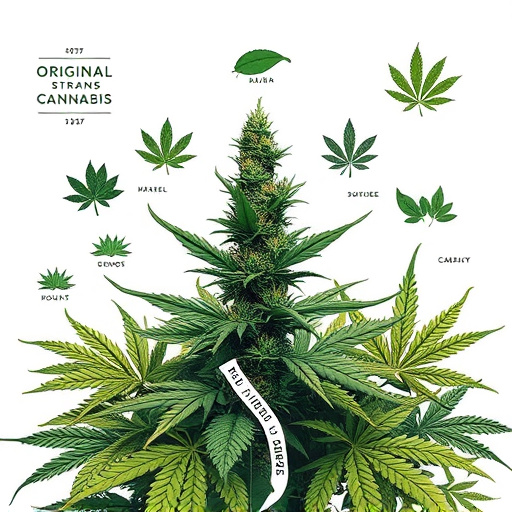
Scientific research into the potential therapeutic effects of original strains of cannabis on mental health is growing, with promising results. Studies have explored its impact on conditions such as anxiety, depression, and post-traumatic stress disorder (PTSD). The active compounds in cannabis, particularly cannabidiol (CBD) and tetrahydrocannabinol (THC), have shown potential in reducing symptoms and improving overall well-being. While current research is encouraging, more long-term studies are needed to fully understand the safety and efficacy of different original strains of cannabis for various mental health disorders. Future implications suggest that further exploration could lead to novel treatments and improved patient outcomes in psychiatry.
While research is still evolving, evidence suggests that the original strains of cannabis may hold promise in supporting mental health. The unique chemical composition of cannabis, including cannabinoids like THC and CBD, appears to interact with our endocannabinoid system, potentially offering therapeutic effects for various conditions. Further scientific exploration is necessary to fully understand the scope of these benefits and ensure safe and effective application. However, as we continue to navigate this dynamic landscape, recognizing the potential of original strains could prove to be a game-changer in the world of mental health treatment.

